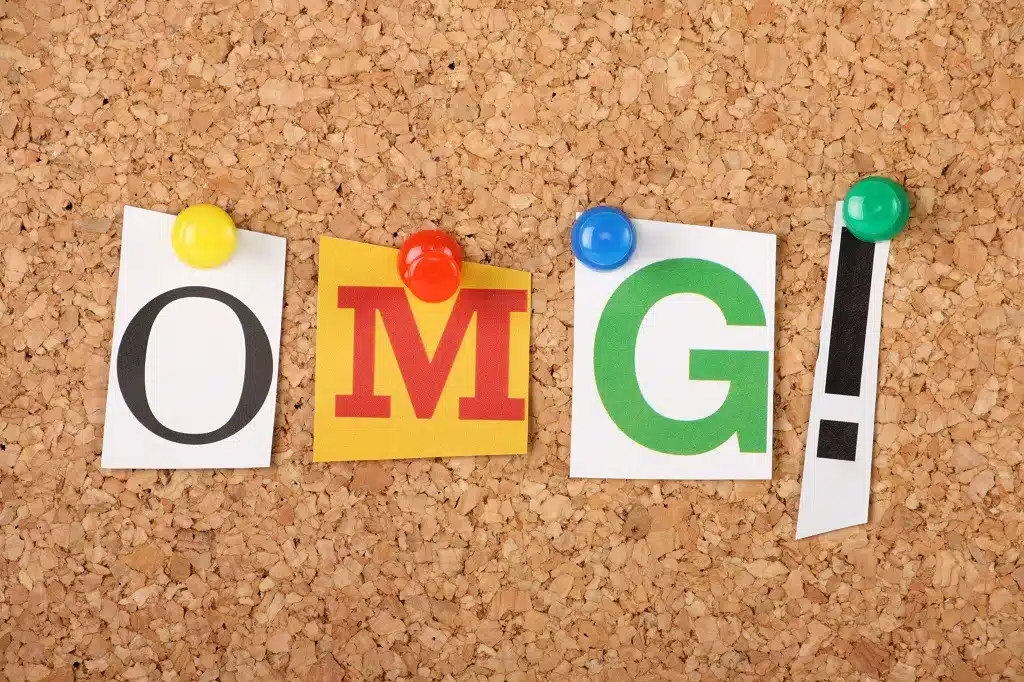Here’s the difference between vernacular and colloquial:
Vernacular is essentially one’s mother tongue or a language that’s spoken by people in a specific region.
Whereas colloquial is a term given to words or informal expressions spoken in casual conversations.
If you want to learn all about the differences between vernacular and colloquial speech, then you’ve come to the right place.
Let’s dig into it!

What Is the Difference Between Vernacular and Colloquial Speech?

| Vernacular | Colloquial | |
| Scope | Communication in daily life; thus more generic and spontaneous | Informal conversations or writing but can be more specific, intentional, or deliberate |
| Form | Daily speech or language | Words, phrases, or expressions |
| Purpose | Used in everyday conversations | Used in informal writing or dialogues to build more connection & engagement |
A vernacular language is one that is spoken commonly amongst people living in a specific country or geographical region.
Colloquial language is more specific and refers to the ways in which that language is used in daily discourse, especially in casual conversation.
While the two are similar in that they are both versions of the language, they still depend largely on the geographical region.
The key difference is that the vernacular language can represent the entirety of the language while colloquialisms define the minute differences between a spoken dialect and the larger language that the dialect is a part of.
What Is a Vernacular Language?

Vernacular language can represent a single dialect or an entire language.
The term is chiefly used to recognize the native language being spoken.
The vernacular may sometimes be seen as less scholarly or prestigious than other languages.
One major historical example was the usage of Latin in churches.
For a long time, the Bible remained in Latin, with many members of the clergy arguing that interpreting the scriptures should be a privilege exclusive to clergymen.
Throughout the 16th century, the bible was translated into a host of languages that were considered vernacular by comparison, including the romance languages and eventually English.
This was helped along by the interests of Protestants, and now the bible is widely available in various modern languages.
As an example, the vernacular of the United States is English or more specifically American English.
There are many smaller dialects and accents spoken across the states, but they would all be recognizably speaking English.
What Is the Difference Between Vernacular and Lingua Franca?

A lingua franca is essentially a language that is being used to bridge the gap between two speakers who are familiar with different vernaculars.
The most obvious example is once again Latin since it was used as the de facto language for scholarly articles and other works for centuries.
An Italian scholar and a French scholar could study each other’s works relatively easily, as long as both writers used Latin.
By its very nature, a lingua franca is typically not the vernacular language.
The vernacular languages of the two writers are still Italian and French even when they’re not using them at the moment since those are the languages they would use to communicate informally.
What Is Vernacular Outside of Linguistics?

Whereas colloquialisms are limited mostly to the study of linguistics, the term “vernacular” has been thrown around in other circumstances.
In most of these instances, it’s essentially used as a form of elitism, expressing disdain for what is perceived as the work of commoners.
This is considered a metaphorical usage, since the term “vernacular” does fit squarely into linguistics, but it has happened often enough to warrant a quick mention.
When used in this way, vernacular might be applied to any product of a culture and especially a product of the lower classes.
Saying that someone’s painting has a “vernacular style” would imply that it doesn’t respect the norms of the art community or that it is in some way crude or primitive.
Needless to say, this use of vernacular is rather rude and I do not recommend or condone the improper use of linguistic terms, especially in such a distasteful manner.
Just know that if you see this term used somewhere and it seems out of place, it is possible that it’s being used metaphorically by someone with a bit of an ego problem.
What Is Colloquial Language?

Colloquial language is essentially freeform spoken language, including slang terms.
A colloquial speech might be grammatically incorrect in various ways, consist of sentence fragments, or even use conjunctions and conjugations that are exclusive to that particular region’s way of speaking.
When speaking colloquially, the speaker does not attempt to speak “correctly.”
It’s a person’s natural mode of speech that manifests based on the settings they grew up in.
Many figures of speech are considered colloquial.
Notably, non-native speakers often find colloquialisms very confusing since it’s constantly changing and is not universal to all speakers of the language.
Using a colloquial phrase in one part of the country may elicit raised eyebrows while another region may immediately comprehend the implied meanings.
What Are Regional Differences?

One clear way to tell if someone is speaking colloquially is to compare their word choices to someone from a completely different region who is talking about the same thing.
If words specific to that region’s way of speaking pop up, then the speaker is being colloquial.
Here are examples:
- football vs. soccer
- trashcan vs. rubbish bin
- shopping cart vs. buggy
- soda vs. pop
- line vs. queue
What Is a Slang?

One of the building blocks that pop up often in colloquial speech is slang.
Though how commonly slang is used depends largely on the speaker.
Some demographics may use little or no slang, but their style of speech could still be colloquial if it uses other elements of speech unique to the region.
Slang is, of course, a word or phrase that is used within a specific demographic.
The identity of that demographic might be based on age group, socio-economic class, home region, race, etc.
Slang might be a word being used incorrectly on purpose or it might be a made-up word that isn’t officially part of the language.
Examples of slang:
- “Ghosting” someone. (Ignoring them or disappearing from their lives.)
- “Salty.” (Angry or jealous, especially prevalent in gaming.)
- “GOAT.” (Greatest of all time.)
- “Flexing” on someone. (Showing off in a disrespectful way.)
- “Shook.” (Unsettled.)
Note that slang tends to expire quickly.

Some terms will occasionally stick around and may even become part of the larger vernacular, while others like “groovy” and “hip” only stick around as relics until they eventually either die out completely or are assigned a new meaning.
Remember that slang and jargon, though similar, are not the same.
Jargon specifically refers to words exclusive to a certain field or interest.
Jargon is usually not colloquial.
It’s simply advanced or hyper-specialized language.
